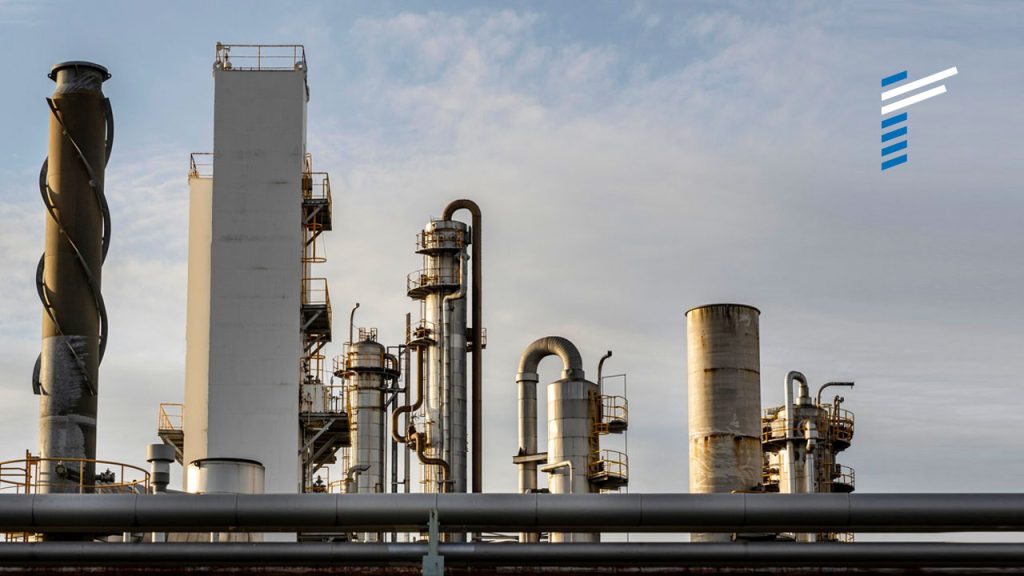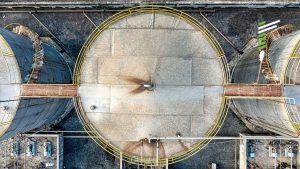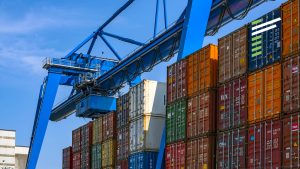At a Glance
Permit to work compliance was an issue a client was looking to solve for its LNG plant. The client had already worked with Renoir before on a successful project related to maintenance execution and wanted to continue this positive collaboration.
Key Results
- Implementation of a Management Control System in the Permit to Work (PTW) process
- Improvement in permit preparation process
- Short Interval Control for higher PTWS compliance
- Achievement of zero PTW-related incidents in the plant
Background
The client is an LNG plant in the Western Pacific with an ambitious joint venture between a national government in the region, as well as an oil & gas producer, and a top automobile manufacturer. Completed in the 1970s, its facility of over 100 hectares with more than 800 working personnel focuses on large scale liquefaction and transportation of natural gas which commands a sales volume of over 6 million tonnes of LNG annually. The company has established itself as one of the country’s major revenue earners and is expected to have a plant life until the year 2070.
The Challenge
Following the success of a previous project with Renoir, which delivered improvements in maintenance execution, Renoir was engaged to continue the change program with the client. A 26-week project focusing on Engineering Rotating Equipment (ERE), Turnaround and the Permit-to-Work (PTW) System was initiated.
With regards to the Permit To Work System, the client had previously experienced serious PTW-related incidents and PTW system inefficiencies causing late engineering job start time in the plant. Furthermore, an external audit conducted early in 2012 highlighted a number of aspects in the Permit To Work System that required improvement to ensure that the system is aligned with industry best practices.
Renoir was therefore engaged to improve the permit to work process with emphasis on system efficiency and safety. The 6 pillars of PTW system model use—namely, planning, competence, supervision, communication, permit to work compliance and situational awareness.
What We Did
The Project kicked off with Renoir’s Focus Process™, developed over many years, based on experiences with hundreds of successful assignments. In addition, to develop solutions for Permit To Work System for the client, the PTW system processes were studied and best practices were customised and incorporated throughout the entire system. The process took the client’s staff through a learning experience that promoted commitment and ownership of the solutions being implemented. Meanwhile, there was an emphasis on retaining the company’s essential organisational goals and corporate identity.
To achieve maximum impact and buy in, a “Management Action Team” was set up, led by the client’s Operation department to directly engage all other departments in implementing the required improvements.
Project Deliverables to Improve Permit to Work Compliance
Renoir, together with the client’s Permit To Work (PTW) Management Action Team, was able to design, develop and install improved Management Control System (MCS) and work processes. They were developed in line with the 6 pillars of PTW.
The PTW System efficiency has also seen an improvement in a more efficient permit preparation with a reduced approval time from Operations for an earlier job start. The visual distribution of planned engineering jobs (High Risk and Low Risk jobs) is also available through the PTW Planning Tool at the start of the day.
The client’s 2013 Permit To Work Improvement project’s Measure of Success of Zero PTW-related incidents for both Life Saving Rules (LSR) violation and non-LSR violation was achieved throughout the implementation phase of the project. It sets the basis of safety compliance as it is a continuous journey for everyone involved.
“I have greatly appreciated and enjoyed the constructive discussion with the Renoir team and their dedication to find structural solutions. I am truly proud to be part of this team.”
-MAT Leader Operations Turnaround and Project Coordinator
Improve permit to work systems and compliance with an MCS.














